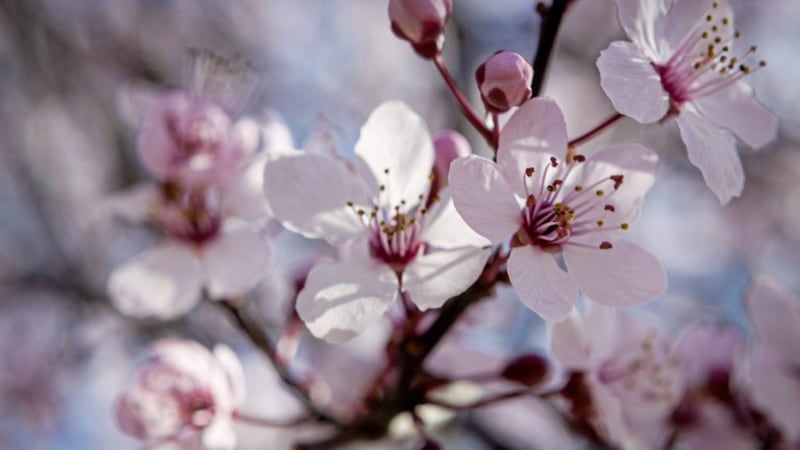THIS year for the first time ever I’ve been able to eat the fruit from my cherry tree. They’re not as dark or as sweet as those you buy in the shops but I reckon this far north I should be grateful that they are at least not bitter. The cherry tree was a gift from my dad, an impulsive purchase from a well-known German-owned supermarket.
He was lucky I had room for it. Many wouldn’t. There are dwarf varieties available but this was one of the larger ones and while I’m delighted with this year’s yield from the cherry tree, I have other misgivings.
The cherry tree has been in garden for five years and already its unwelcome progeny are beginning to appear. If left unchecked they will themselves develop into substantial trees, yet not producing the same fruit, if any, as the parent tree.
It’s a problem you ignore at your peril. My own garden is plagued by dozens of young plum trees, the progenitors planted decades ago by a previous occupant. They’re in the borders, among the strawberries and even appear from between the paving slabs in the greenhouse. Not a plant you’d ordinarily hear described as a weed but in my circumstances, the name definitely fits.
Most top fruit trees – apple, cherry, plum etc – aren’t grown from seed but are instead the result of grafting or budding, a quasi-magical process in which two parts of two trees are joined together. The upper limb is selected from a tree that bears a certain cultivated variety of fruit, whether it’s the cherry ‘Stella’ or the plum ‘Opal’. This is attached to rootstock, which is often a robust, wild variety which will dictate the size and vigour of the new tree.
The problem with many rootstocks is their tendency to send out suckers – small saplings that emerge from the tree’s root system, often yards away. Suckers are not exclusive to fruit trees, with stags-horn sumach, lilacs and false acacias all regular offenders.
Ornamentals whose key selling point is their unusual branch shape are also known to sucker, as the limbs are often grafted onto vigorous rootstock. The Kilmarnock willow – Salix caprea ‘Kilmarnock’– is one such tree, its upper half attached to the roots of a common willow. The corkscrew hazel – Corylus avellana ‘Contorta' – is a magnificent tree, its branches twisting upwards and outwards around one another. Yet it too suckers, straight branches growing from the base.
The sooner you spot one of these intruders the better, as they are easier to deal with when smaller. Ensure you get as far down to the bottom of branch as possible and remove as much as you can without harming the host tree.
Suckers that appear some distance from the parent tree are more troublesome, as you can remove the offending sapling but not the roots from which it grew. Tackling them using a non-chemical control should be the first option though it’s laborious and often unreliable. It involves removing as much of the sucker and its root as you can, tearing rather than cutting to reduce the chances of regrowth basal buds.
In the worst-case scenario, it may be necessary to resort to a chemical control, using a systemic weedkiller like glyphosate. But be aware that if the sucker is still attached to the main tree via its roots, you may inadvertently damage the source tree.







